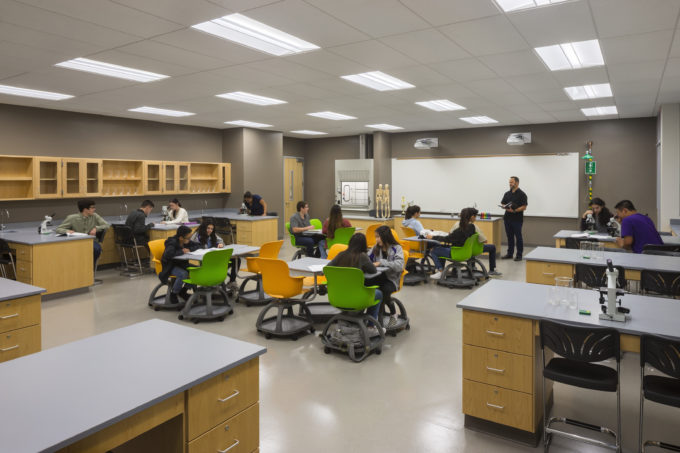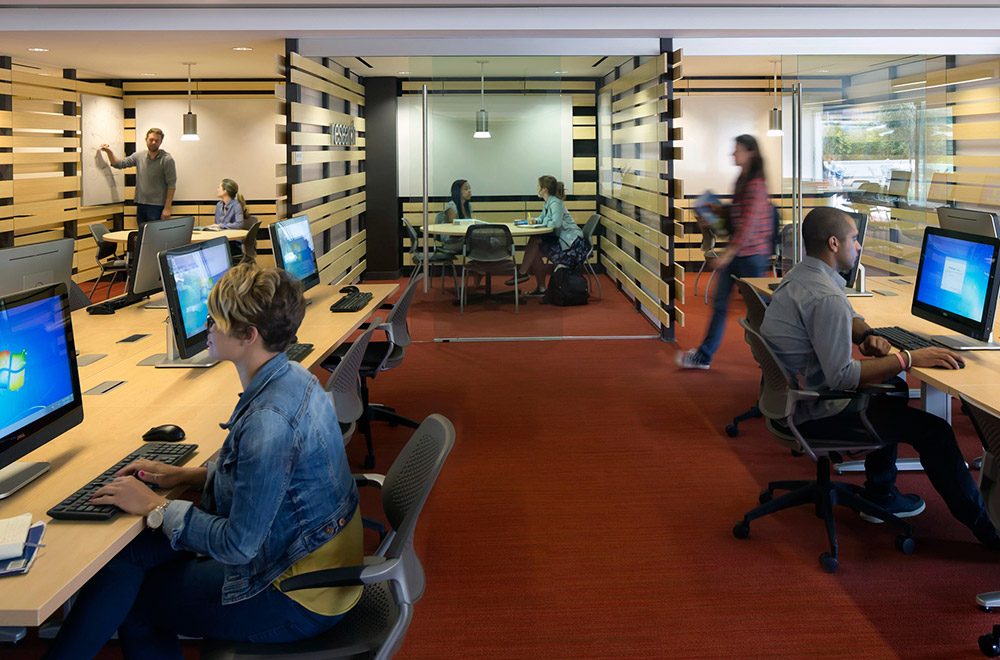One of the most important milestones in a child’s life is learning to ride a bike. It’s a skill that, once acquired, is never forgotten. It doesn’t take a classroom lecture on technique, balance, and physics. It takes good old-fashioned trial and error. In other words, “practice.”
So, what if classrooms were more like this? Would instruction be more effective if students spent less time passively listening to lectures and more time actively learning through activities, discussions, and group work? Studies show that active learning does increase student performance in STEM (science, technology, engineering, and mathematics). So, when some colleagues and I had the recent opportunity to attend a workshop at the Center for Effective Teaching and Learning (CETL) at California State University, Los Angeles (CSULA), we saw it as a chance to put ourselves in our clients’ shoes. CETL promotes teaching as an area of practice and consults with CSULA faculty who want to broaden their skillsets and participate in the scholarship of teaching and learning.

The group, consisting of CSULA instructors,covered several topics that explored new communication tools, online surveys, openers, modeling, student engagement activities, ways to check for student understanding, closer techniques, and more. The goal was to make lectures feel less like lectures and more dynamically active. There was also a segment where we broke out into groups to study the “ideal learning environment.” The three of us from HMC stepped back intentionally to allow the teachers to tell the group what they felt were important factors in their classroom environments. We then leaned in with some input to spark other ideas and get them thinking beyond the four walls they are so used to.
As education architects, it’s a great honor to design schools for future generations. Designers solve problems. So, it’s important for us to understand how students learn and how teachers teach so we can create environments that set them up for success.
What did we learn?
- Flexible furniture that can accommodate various uses can also facilitate active learning, and teachers are open to moving away from neat rows of desks.
- Integrating indoor and outdoor space is an easy way to expand the learning environment, with the added value of expanding outreach. Watching others learn can be infectious.
- From high tech to high touch, tools and equipment like smart boards, computers, and wall writing surfaces are needed to create a functioning and active learning space.
- Instructors are embracing opportunities to be more effective teachers. They are interested in reaching students and engaging them in thought.
- Methods such as “divide and conquer” and “affinity grouping” are being used in the classroom today, and we can create space to facilitate its use.
- When using high-tech equipment, it’s important that batteries are charged and everything is functioning properly. We learned first-hand how much instruction time is lost when there are technical problems.
- You can have an active learning environment without high technology. There are plenty of other ways to engage students and encourage curiosity.

The big takeaway
At HMC, we have frequent discussions about the differences between higher education and Pre-K-12. Most assume the basic difference being the college student as a willing participant versus a grade school student being captive. Conversations with the CETL staff led me to some answers:
- Elementary schools are further ahead with active learning than high schools, and high schools are ahead of colleges and universities.
- Students are tech savvy. It takes little time for them to master new tools.
- Students are accustomed to receiving knowledge and information in multiple ways. They have a quick uptake on platforms and methods, which allows them to engage in lessons quickly.
- Many students find lectures to be boring.
- More students are graduating as a result of active learning. As the learning environment starts to mirror workplace and creative environments, students are finding the lessons to be relevant.

As our culture continues to evolve, so will the way we teach and learn. As designers, we have a great responsibility to be futuristic in our thinking and help our clients by being lifelong learners ourselves. Only then, can we design mindfully and purposefully to take classrooms—and students—into the 21stcentury.
